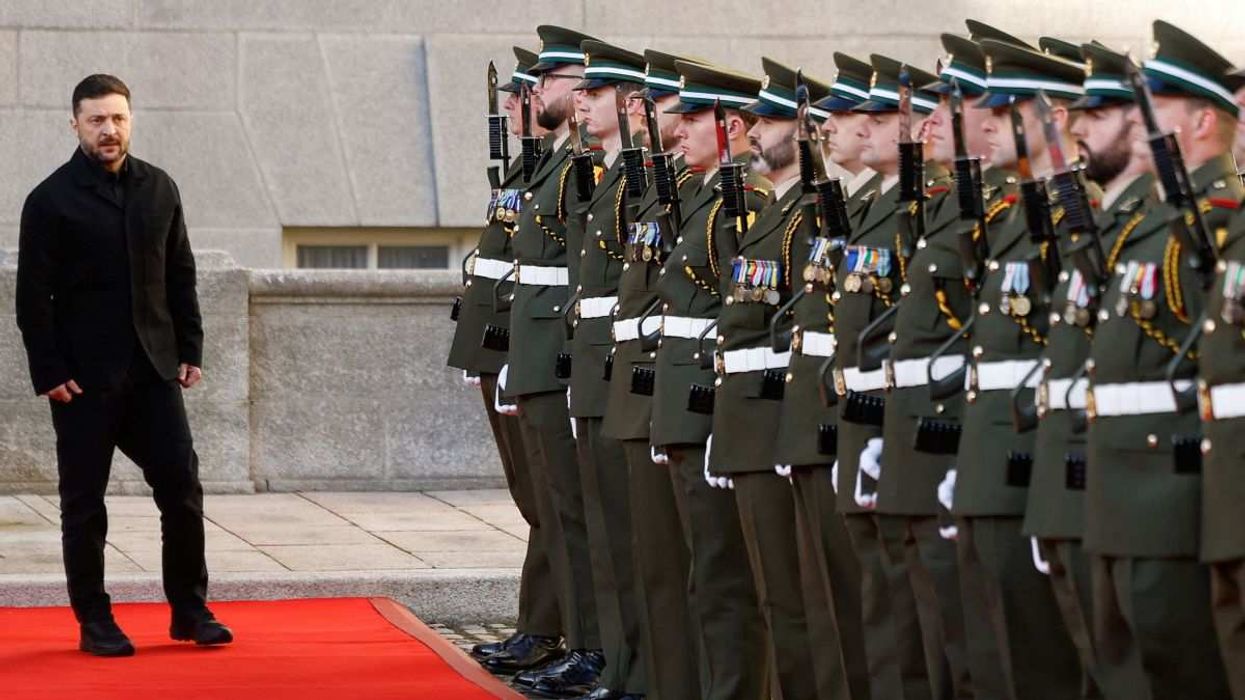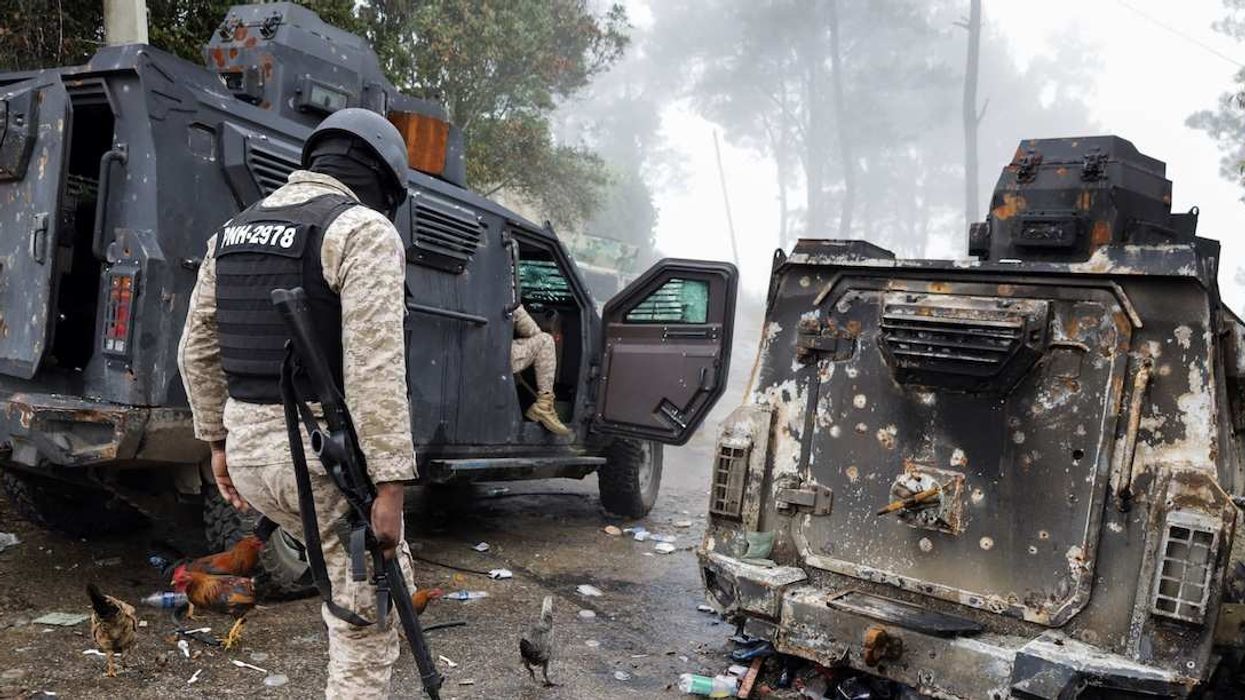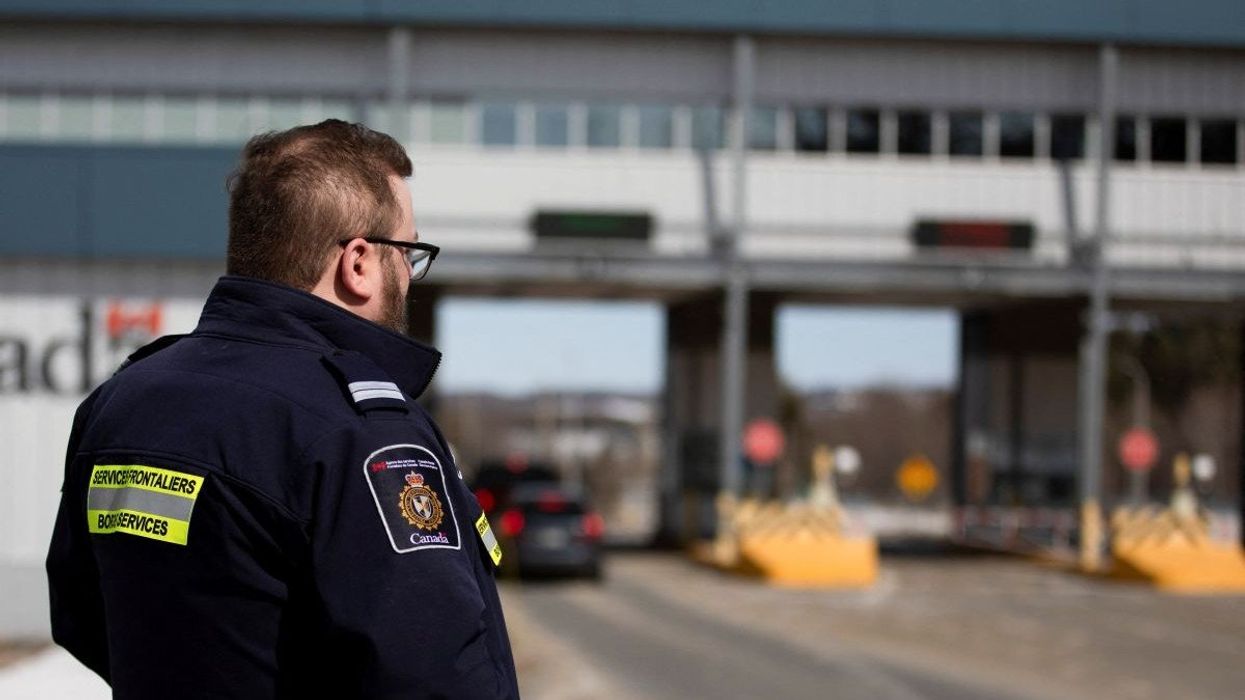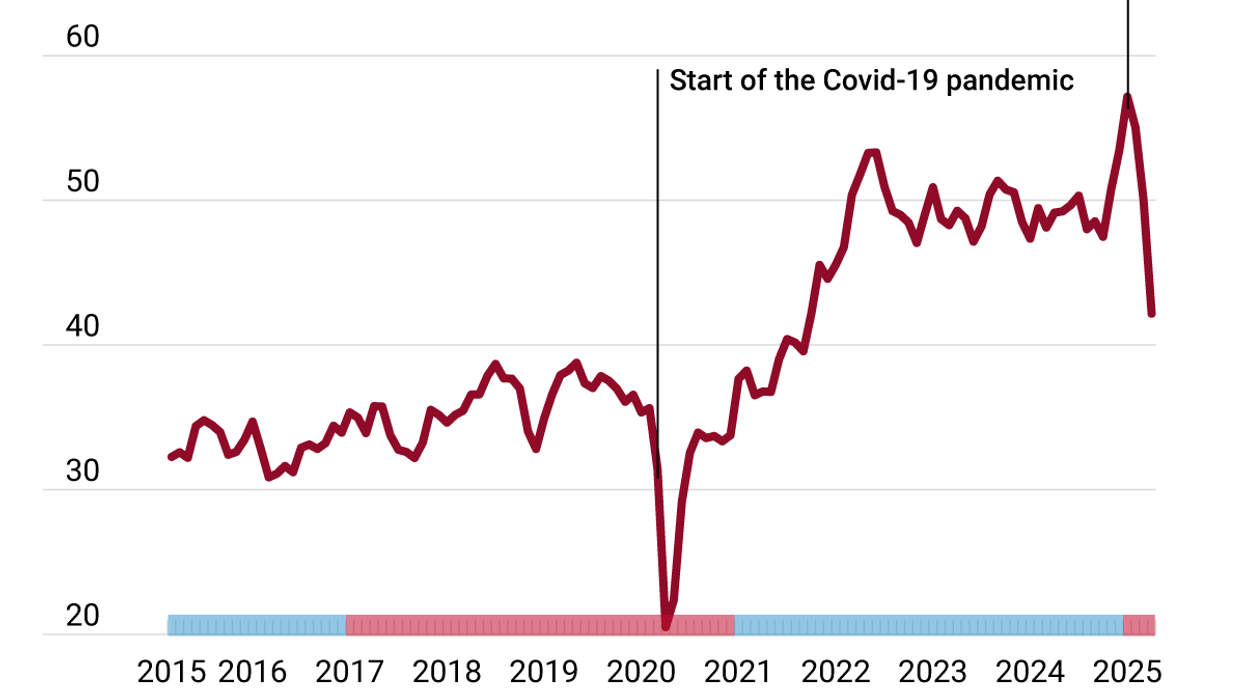The future of warfare is unmanned – and the future is now. Or now-ish, as far as Canada is concerned. While the US Air Force is working on autonomous, AI-piloted fighter jets, the US Navy just christened a new Unmanned Surface Vessel or USV called Vanguard. The shift towards unmanned weapons and AI will transform warfare as more effective, deadlier weapons hit the battlefield and lower the risk of human operator casualties – while raising the potential for a new arms race.
The US Navy now has enough vessels to field a Pacific squadron, and Canada is watching closely. The Royal Canadian Navy is nautical miles behind the US, but it’s now looking at unmanned warships, aka “ghost fleets,” as part of its long-term naval strategy.
The key word here, of course, is “looking.” Canada is notoriously slow at procuring military hardware, and it’s well known that it lags behind NATO allies on defense spending. The Canadian Forces are also facing a recruitment crisis and ammo shortage. We’ll be watching for Canadian efforts to procure unmanned ships – but from a comfortable seat with plenty of snacks.



















